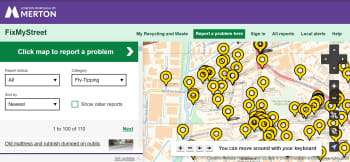Fly-tipping Crisis in England: Illegal Dumping Surges
In 2022/2023, 60% of fly-tips involved household waste
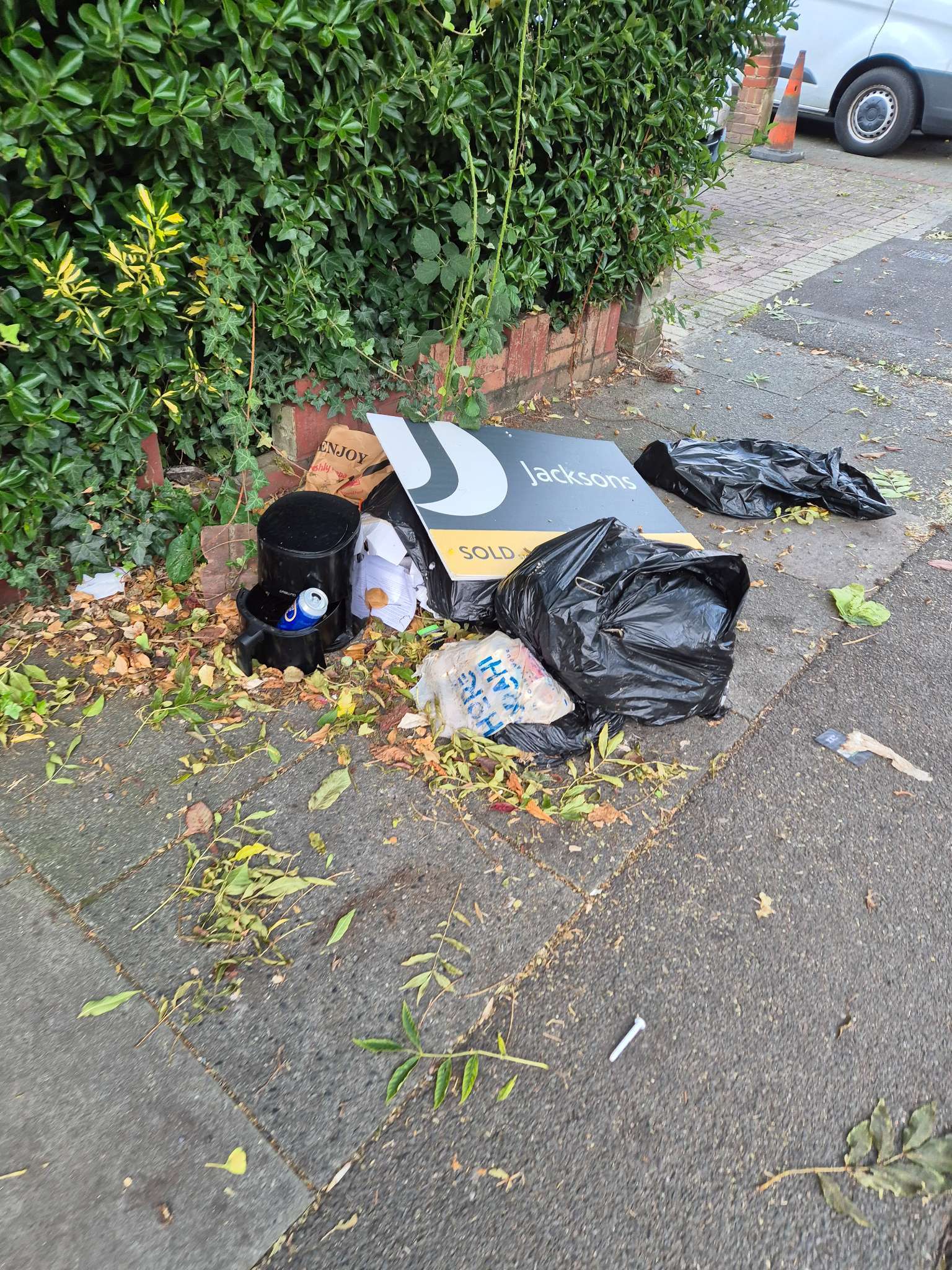
Fly-tipping is one of the biggest problems local authorities face across England, and accounts for a massive chunk of spending public money clearing it up.
I was interested to find out how the problem was tackled locally compared with England as a whole.
The total incidents involving household waste were 653,000 in 2022/23, with 60% of fly-tips involved household waste.
- In 2022/23, 42,000 or around 4% of total incidents were of ‘tipper lorry load’ size or larger, which is an increase of 13% from 37,000 in 2021/22.
- For these large fly-tipping incidents, the cost of clearance to local authorities in England in 2022/23 was £13.2 million, compared with £10.7 million in 2021/22.
- The most common location for fly-tipping was on highways (pavements and roads), which accounted for two fifths (40%) of total incidents in 2022/23.
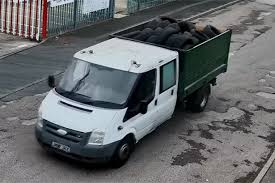
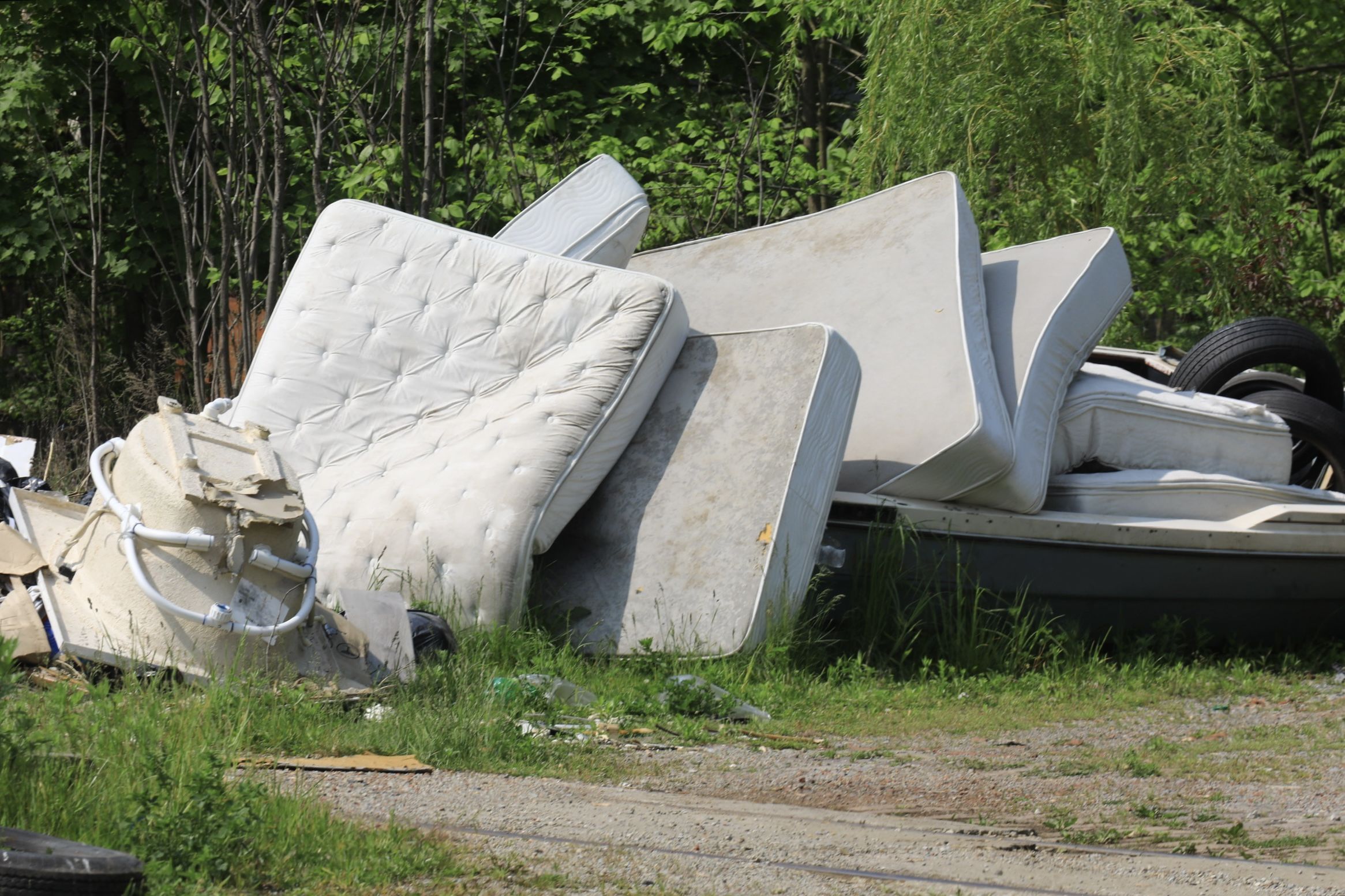

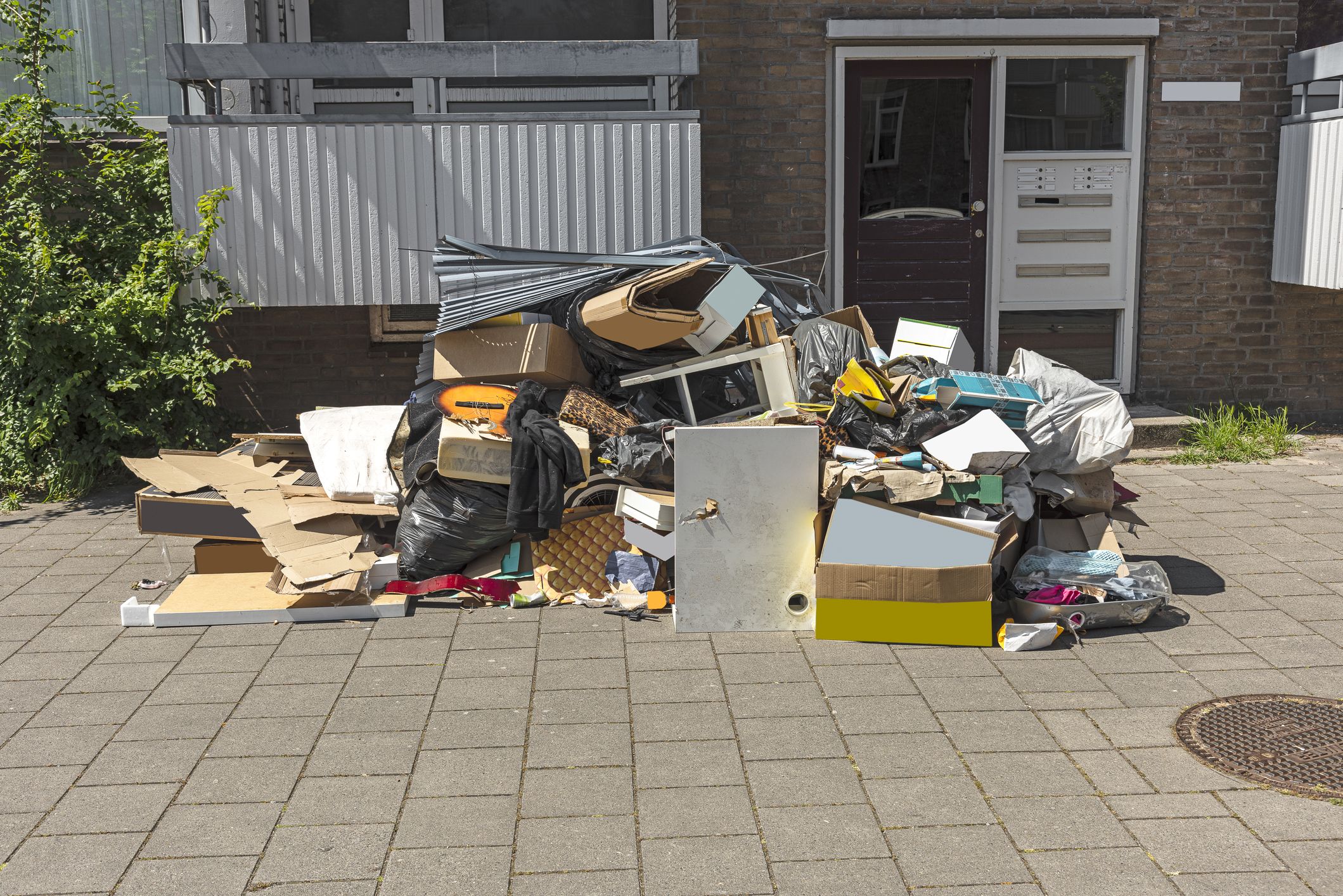
Local authorities across England carried out 532,000 enforcement actions in 2022/23, an increase of 24,000 (5%) from 507,000 in 2021/22.
- The number of fixed penalty notices issued was 69,000 in 2022/23, a decrease of 25% from 91,000 in 2021/22.
- This is the second most common action after investigations and accounted for 13% of all actions in 2022/23.
- The average court fine has increased from £466 in 2021/22 to £526 in 2022/23.
- The total number of court fines decreased by 17% from 1,798 in 2021/22 to 1,491 in 2022/23, with the combined value of these fines decreasing by 6% from £837,000 to £785,000.
Source: UK Safety Store
Source: UK Safety Store
Figure 1 - Total number of fly-tipping incidents in England from 2018/2019 to 2022/2023. Source: WasteDataFlow, Defra
Figure 1 - Total number of fly-tipping incidents in England from 2018/2019 to 2022/2023. Source: WasteDataFlow, Defra
Figure 2 - Fly-tipping by land type in England in 2022/2023 compared with 2021/2022. Source: WasteDataFlow, Defra
Figure 2 - Fly-tipping by land type in England in 2022/2023 compared with 2021/2022. Source: WasteDataFlow, Defra
Figure 3 - Household and commercial waste in England, 2021/2022 and 2022/2023 (% of total incidents). Key to figure 3 graph - Household waste (other) could include material from house or shed clearances, old furniture, carpets and the waste from small scale DIY works. Commercial waste (other) could include pallets, cardboard boxes, plastics, foam and any other waste not contained in bags or containers and not due to be collected. Source: WasteDataFlow, Defra
Figure 3 - Household and commercial waste in England, 2021/2022 and 2022/2023 (% of total incidents). Key to figure 3 graph - Household waste (other) could include material from house or shed clearances, old furniture, carpets and the waste from small scale DIY works. Commercial waste (other) could include pallets, cardboard boxes, plastics, foam and any other waste not contained in bags or containers and not due to be collected. Source: WasteDataFlow, Defra
Figure 4 - Types of fly-tipping in England in 2022/2023 compared with 2021/2022. Source: WasteDataFlow, Defra
Figure 4 - Types of fly-tipping in England in 2022/2023 compared with 2021/2022. Source: WasteDataFlow, Defra
On a local level, in the London borough of Merton, every year the council receives hundreds of reports of dumped rubbish. This not only makes the borough look unsightly, but it also costs an estimated £1 million a year to clear, money they would much rather spend on vital services like social care for the most vulnerable residents.
Enforcement teams work tirelessly to crack down on the small minority of people who dump rubbish in the borough, but they also need resident’s help to identify some of the fly-tipper culprits.
In a recent Freedom of Information request, I asked how many fines were issued to people dropping litter and people caught fly-tipping........the response........
"In October 2024 there were 266 fines issued for littering and 41 fines for fly-tipping within the London Borough of Merton."
The London Borough of Merton. Source: Google Maps
The London Borough of Merton. Source: Google Maps
Image sent by a Colliers Wood resident
Image sent by a Colliers Wood resident
Image sent by a Colliers Wood resident
Image sent by a Colliers Wood resident
Image sent by a Colliers Wood resident
Image sent by a Colliers Wood resident
Image sent by a Colliers Wood resident
Image sent by a Colliers Wood resident
Councillor Stuart Neaverson explains the problems the council face with regards to fly-tipping in the borough of Merton and particularly Colliers Wood and the causes.
Councillor Stuart Neaverson
Councillor Stuart Neaverson
"A lot of people don't know they are fly-tipping"
Example of fly-tipping in the borough of Merton (photo taken by a resident)
Example of fly-tipping in the borough of Merton (photo taken by a resident)
Photo taken by a local resident
Photo taken by a local resident
Stephen Alambritis MBE, Cabinet Member for Transport and Cleaner Streets at Merton Council, believes fly-tipping incidents have increased across the borough and in London as a whole.
Stephen Alambritis MBE
Stephen Alambritis MBE
Councillor Neaverson explains the council's online resource "FixMyStreet", which allows residents of the borough to report fly-tipping.
Councillor Neaverson explains "FixMyStreet"
Councillor Neaverson explains "FixMyStreet"
Merton Council's "FixMyStreet" online fly-tipping reporting site
Merton Council's "FixMyStreet" online fly-tipping reporting site
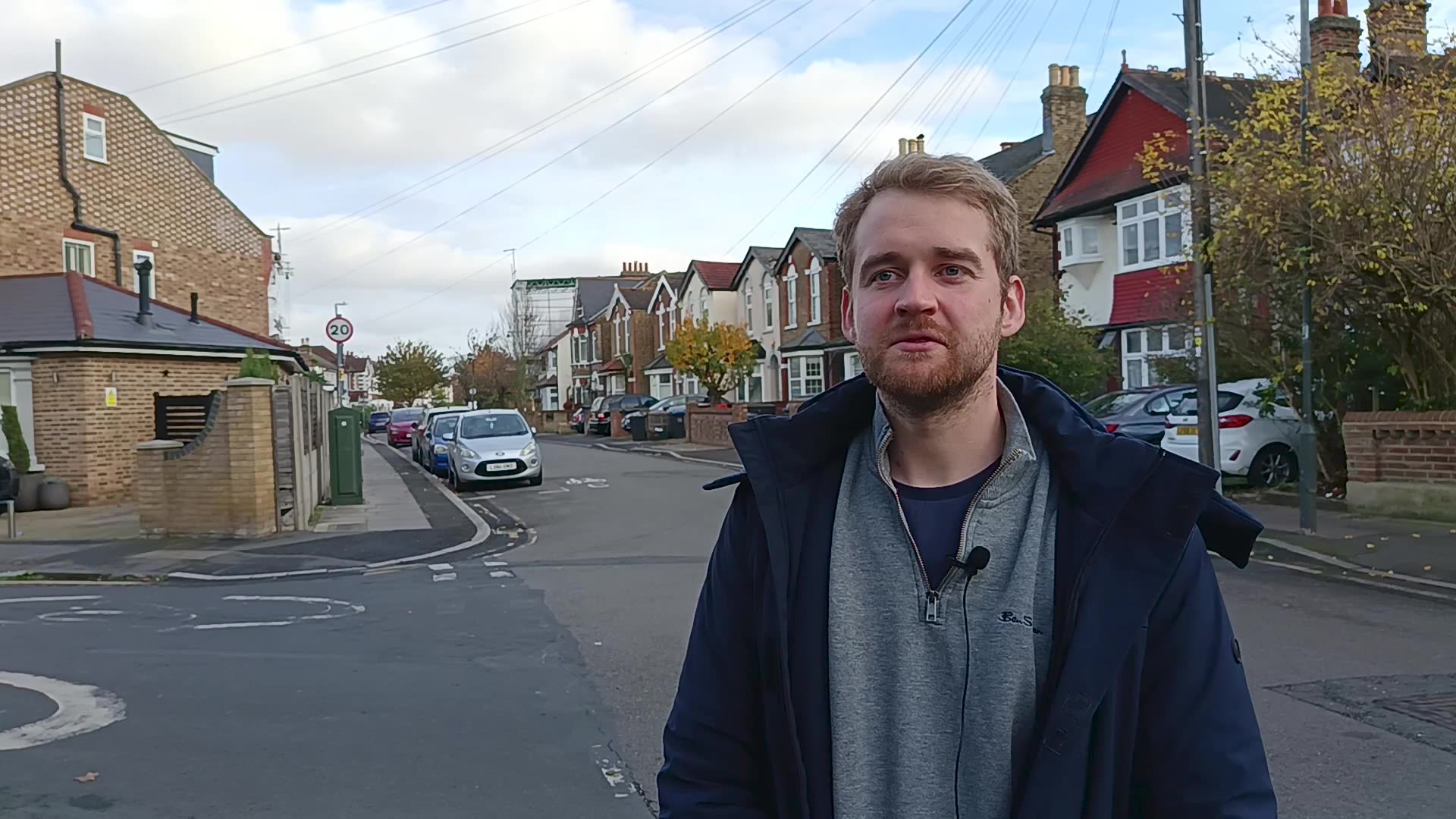

How is Merton Council trying to tackle fly-tipping?
"We've tried many initiatives over the years, but just lately, we've done something called The Wall of Shame"
Merton Council's "Wall of Shame"
Merton Council's "Wall of Shame"
Photo taken by a resident
Source: photo sent by a resident
Mr Alambritis explains the consequences if someone is caught fly-tipping
Mr Alambritis explains the consequences if someone is caught fly-tipping
Photo taken by a local resident
Photo taken by a local resident
Other ways the council are using to tackle the problem, include............
Fixed Penalty Notices (FPNs)
The council will issue fixed penalty notices (FPNs) if they see people committing antisocial offences. Offenders may receive a fixed penalty notice on the spot or by post.
Merton Council will issue a fixed penalty notice of £150 to anyone seen dropping litter.
The maximum penalty for fly tipping is £400 and if the incident is deemed to be very serious, a prosecution and prison term may be imposed.
Litter bins and street recycling bins
In the borough of Merton, there are litter and recycling bins provided in Mitcham, Wimbledon, Colliers Wood and Morden town centres, and also in public parks.
CCTV
The council has over 150 cameras across the borough, 19 of which are deployable and can be moved to target fly-tipping hotspot areas.
Increased enforcement and engagement
Merton Council has increased daily enforcement activity and engagement in areas prone to fly-tipping.
Their enforcement teams also work alongside “street champions” to provide education on responsible waste disposal.
Joint work with police
The council believes that when they work together with authorities such as the police, they have more chances of tracking the offenders down.
They support the police to undertake stop and search activities, checking vehicles that have a valid waste carriers’ licence and correct disposal documents.
Designing out
They are working on new and innovative solutions for redesigning street furniture at locations which are traditionally subject to high levels of fly-tipping.
Removing the mess
The council’s clean-up crews are out daily removing dumped rubbish from the streets.

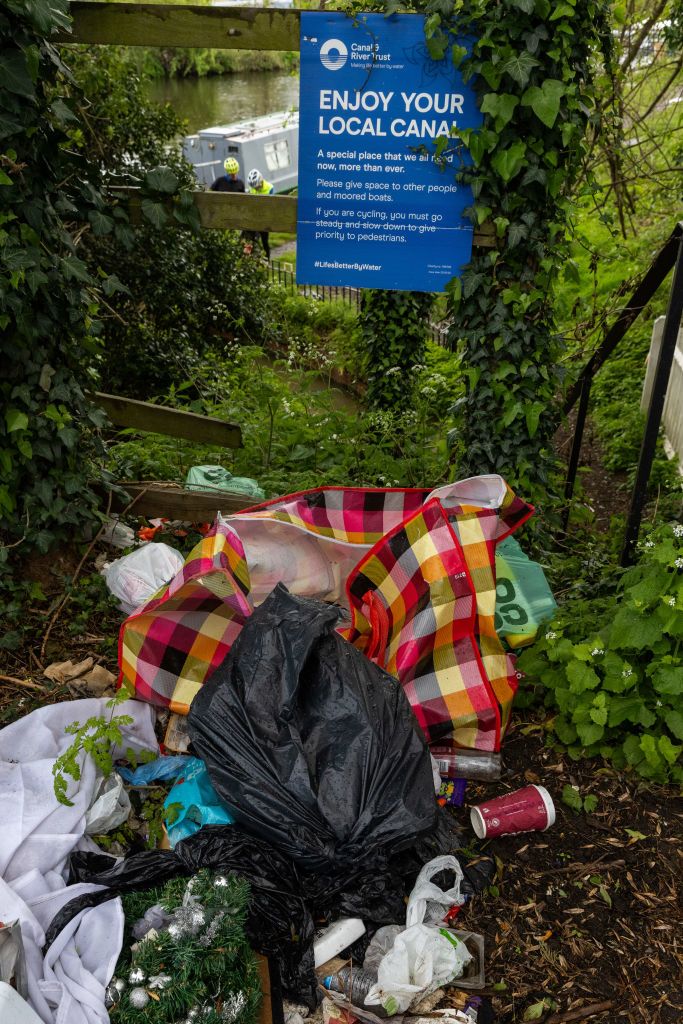
The council offers lots of advice residents about how to get rid of their rubbish and to avoid prosecution........
Avoid using rogue collectors
People should only use a licensed waste carrier to dispose of waste.
Residents can protect themselves against rogue waste collectors by following the SCRAP code:
Suspect or be cautious of all waste carriers until they have provided their registration number
Check that you are using a licensed waste carrier registered with the Environment Agency
Refuse cold callers or unexpected offers to take your waste away
Ask what will happen to your waste and seek evidence that it will be disposed of appropriately
Paperwork must be obtained - such as a receipt, waste transfer note, or detailed invoice including a description of the waste being removed and the waste carrier’s contact information
Source: Local resident
Source: Local resident
Source: Local resident
Source: Local resident
Source: Local resident
Source: Local resident
Take the fly-tipping knowledge multiple choice quiz and see how much you know!
GOOD LUCK!














